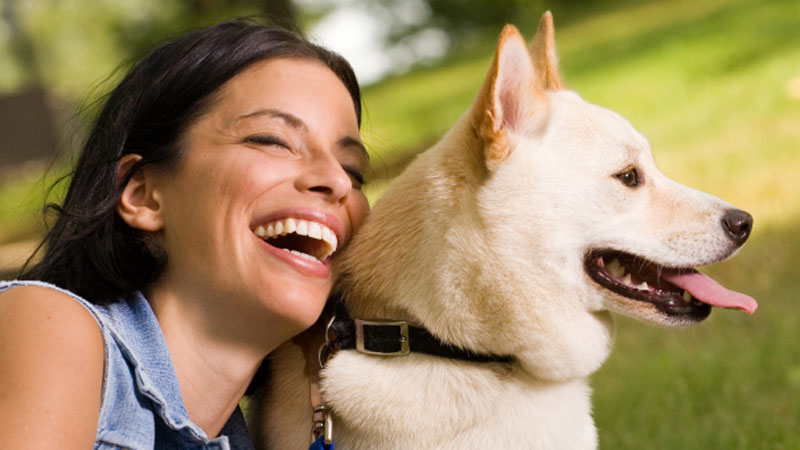Fleas can be a problem all year round due to central heating but often become more noticeable during the summer months.
Adult fleas jump onto your dog looking for a blood meal. They can lay up to 50 eggs in a single day which fall off into your home. These eggs hatch into larvae and then transform into pupae which are very resilient and lay dormant in the environment for years. New adults hatch from the pupae and that is why pets need to be treated regularly all year round to kill newly hatched fleas.
Symptoms of a flea infestation can be variable. Some dogs can be smothered in fleas and just be a bit itchy whereas dogs that are flea-bite allergic can develop severe dermatitis from a single flea bite. Scratching, baldness, red irritated areas, or thickened areas of skin can all be signs.
If you groom your dog with a fine comb you may be able to find some dark brown spots which could be flea droppings. Fleas can also carry tapeworm so if your dog eats an infected flea whilst grooming itself it can also become infected with tapeworm.
You need to treat your dog and the home to control a flea infestation. 95% of the flea population is in the environment rather than on your dog. This involves spraying the house with a good flea spray, hoovering regularly, and washing bedding on a hot wash.
Most flea treatments are applied monthly to your dog either as a topical spot on at the base of the neck or an oral tablet. Discuss with your vet the one that would be most suitable for your dog.


